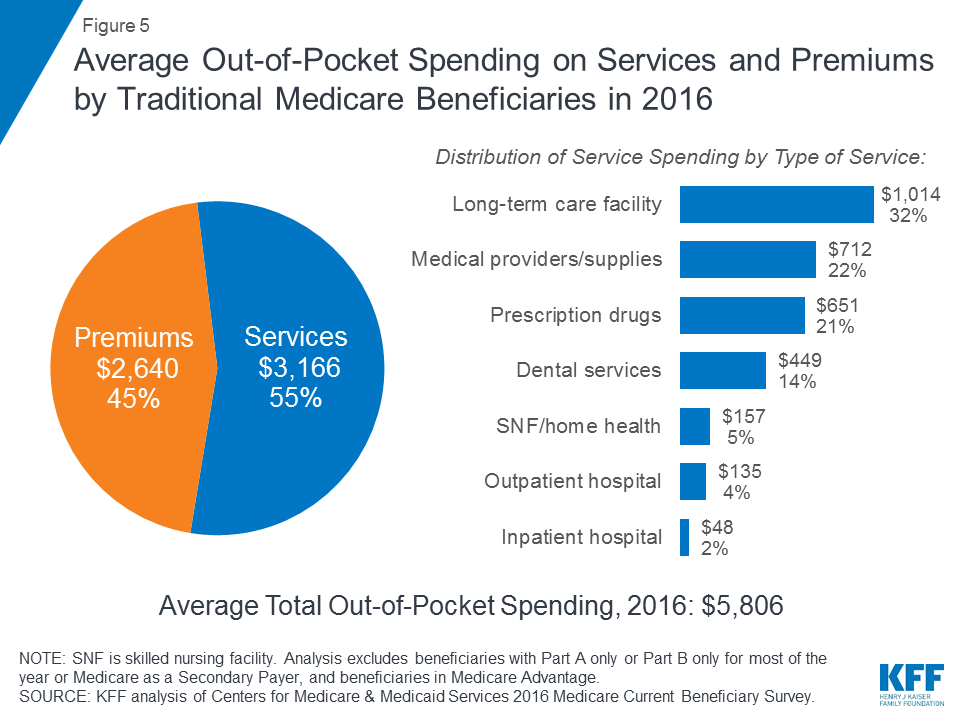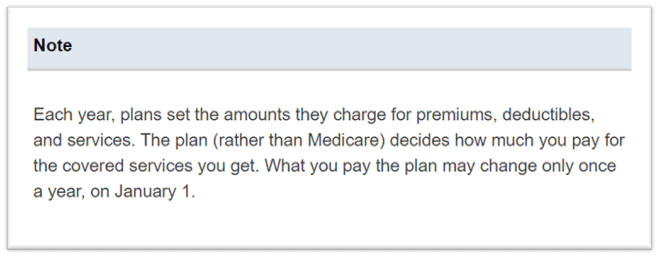Paul B Insurance Part D Things To Know Before You Buy
Table of ContentsPaul B Insurance Part D Fundamentals ExplainedPaul B Insurance Part D for DummiesSome Known Details About Paul B Insurance Part D Paul B Insurance Part D Fundamentals ExplainedAll about Paul B Insurance Part DThe Buzz on Paul B Insurance Part DSome Known Factual Statements About Paul B Insurance Part D The Ultimate Guide To Paul B Insurance Part D

If you are entitled to elect COBRA insurance coverage, you have to be provided a political election period any time for up to 60 days after the nationwide emergency situation declaration is raised for COVID-19. If you select to proceed your COBRA medical insurance plan at your own cost, you will additionally pay the part of the premium your previous employer paid in your place.
It is advised that explore your protection alternatives prior to deciding, as occasionally marketplace protection with Pennie. If you work for a tiny organization (2-19 employees), you may be offered Mini-COBRA.
Facts About Paul B Insurance Part D Revealed

, and also platinum. Bronze plans have the least coverage, and also platinum strategies have the most.
Exactly how are the strategies different? In addition, deductibles-- the quantity you pay prior to your plan chooses up 100% of your health care expenses-- differ according to strategy, usually with the least costly lugging the highest possible deductible.

The smart Trick of Paul B Insurance Part D That Nobody is Talking About
Being familiar with the plan kinds can help you select one to fit your budget as well as meet your healthcare needs. To find out the specifics regarding a brand name's specific health insurance, take a look at its recap of benefits. An HMO delivers all health solutions via a network of health care suppliers and centers.
If you see a medical professional that is not in the network, you'll may have to pay the full costs on your own. Emergency situation services at an out-of-network medical facility need to be covered at in-network prices, however non-participating physicians that treat you in the hospital can bill you.
Deductible: Your plan may need you to pay the quantity before it covers treatment other than for preventative care. A copay is a level fee, such as $15, that you pay when you obtain care.
The smart Trick of Paul B Insurance Part D That Nobody is Talking About
Paperwork involved. There are no case creates to fill in. With a PPO, you might have: A modest quantity of liberty to choose your healthcare companies-- greater than an HMO; you do not need to get a recommendation from a key care doctor to see a specialist. Higher out-of-pocket prices if you see out-of-network physicians vs.
Other expenses: If your out-of-network doctor bills even more than others in the location do, you might have to pay the equilibrium after your insurance coverage pays its share. If you use an out-of-network provider, you'll have to pay the service provider.
With an EPO, you might Find Out More have: A modest amount of liberty to select your wellness care companies-- more than an HMO; you do not need to get a referral from a medical care doctor to see a professional. No insurance coverage for out-of-network suppliers; if you see a service provider that is not in your plan's network aside from in an emergency you will certainly have to pay the complete price on your own.
Unknown Facts About Paul B Insurance Part D
Any kind of in the EPO's network; there is no protection for out-of-network suppliers. Costs: This is the cost you pay monthly for insurance. Insurance deductible: Some EPOs may have a deductible. Copay or coinsurance: A copay is a level charge, such as $15, that you pay when you obtain treatment. Coinsurance is when you pay a percent of the charges for care, for instance 20%.
A POS plan blends features of an HMO with a PPO. With POS strategy, you may have: Even more flexibility to pick your wellness care providers than you would in an HMOA moderate quantity of documentation if you see out-of-network carriers, A main treatment medical professional that coordinates your treatment as well as that refers you to specialists, What doctors you can see.
You can see out-of-network medical professionals, however you'll pay even more. Premium: This is the cost you pay every month for insurance coverage. Insurance deductible: Your plan may require you to pay the amount of an insurance deductible prior to it covers care past preventive services. You may pay a higher deductible if you see an out-of-network company.
9 Simple Techniques For Paul B Insurance Part D
You submit an insurance claim to your POS plan to pay you back. If you are under the age of 30 you can buy a tragic health plan.
Other costs: If your out-of-network physician charges even more than others in the location do, you may have to pay the balance after your insurance policy pays its share. If you use an out-of-network service provider, you'll have to pay the service provider.
With an EPO, you may have: A modest quantity of Resources flexibility to pick your healthcare carriers-- even more than an HMO; you do not have to get a referral from a health care doctor to see a professional. No coverage for out-of-network carriers; if you see a company that is not in your strategy's network company website aside from in an emergency situation you will certainly have to pay the full expense on your own.
The Definitive Guide to Paul B Insurance Part D
Any type of in the EPO's network; there is no insurance coverage for out-of-network suppliers. Premium: This is the price you pay each month for insurance policy. Deductible: Some EPOs may have an insurance deductible. Copay or coinsurance: A copay is a level fee, such as $15, that you pay when you obtain care. Coinsurance is when you pay a percent of the costs for care, as an example 20%.
A POS strategy mixes attributes of an HMO with a PPO. With POS strategy, you may have: More flexibility to select your health and wellness treatment service providers than you would in an HMOA moderate amount of paperwork if you see out-of-network suppliers, A key treatment medical professional that coordinates your care and also that refers you to professionals, What physicians you can see.
Premium: This is the cost you pay each month for insurance. Insurance deductible: Your strategy might require you to pay the amount of an insurance deductible prior to it covers treatment beyond preventive solutions.
7 Easy Facts About Paul B Insurance Part D Shown
Copayments and coinsurance are higher when you utilize an out-of-network doctor. Paperwork included. If you go out-of-network, you have to pay your clinical bill. Then you send a claim to your POS strategy to pay you back. If you are under the age of 30 you can purchase a tragic health insurance.